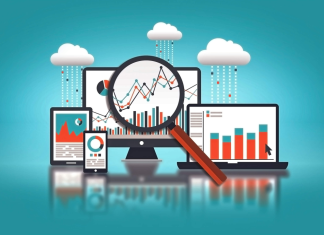Last Updated on 05/12/2023 by Dolly
Edge AI uses high-performance computing power that is brought to the edge to process data in real time on IoT devices. Instead of relying on the cloud or an internet connection, edge AI allows devices to make smarter decisions faster without the need for external resources.
This feature allows real-time data processing, which is important for IoT applications where quick decisions need to be made with the collected data. Edge AI comes with benefits, of course, which are faster response times, lower latency, reduced bandwidth requirements, enhanced security, lower costs, and the ability to operate in environments with no connection.
This article will show how Edge AI is changing the game with real-time data processing on IoT devices and their benefits.
Faster Response Times
Data processing and analysis for edge computing take place at edge servers or edge devices that are close by. As a result, decisions can be made and responses delivered more quickly. Edge computing enables immediate local response based on predefined rules or algorithms, as opposed to relying on the cloud for processing and sending instructions back to the devices. In time-sensitive IoT applications like industrial automation, autonomous vehicles, or remote monitoring systems, where quick reactions are essential for safety or operational efficiency, this rapid response is essential.
Lower Latency
Edge computing relocates computing resources to the network’s outermost reaches so they can be more conveniently located near IoT gadgets and sensors. Edge computing lessens the distance the data must travel by processing data and carrying out computations locally at the edge as opposed to sending them to a centralized cloud server. Because the data does not have to travel over extensive network paths to get to the cloud and back, there is less latency. Due to the processing being done in real-time or very close to real-time thanks to the lower latency, IoT applications are now more responsive and effective.
Less Demanding on Bandwidth
Edge computing lessens the amount of information that needs to be transmitted to the cloud or a central server by processing and filtering data locally. The amount of bandwidth needed is kept to a minimum, and network congestion is diminished by sending only pertinent or aggregated data. The system performs and responds better as a whole as a result of this optimization.
Lower Costs
Because it reduces the amount that needs to be transmitted to the cloud or a central server and because it processes and then filters data locally, edge computing uses as much bandwidth as it needs, and network traffic is reduced by sending only relevant or bulk data. As a result, the system literally performs and responds better.
The real-time data processing offered by IoT devices is transformed as a result, and quick decisions can now be made on the local server without the need for a cloud or an internet connection. It has become an indispensable part of various sectors thanks to its faster responses, lower time delays, lower bandwidth requirements, and ability to work in internet-free environments. As Edge AI continues to evolve, we can expect even more significant developments in IoT and real-time data processing.
Operational Environments with Limited Connectivity
Edge AI is still operational in times of limited or no internet connectivity. Edge AI, which can do its job with local servers, provides uninterrupted operation even in places remote from the internet connection or where there is no connection at all. This is advantageous in areas such as rural areas, the open seas, or areas affected by natural disasters.
I hope you find this post useful, Let me know your thoughts on this. You may also like these:-










